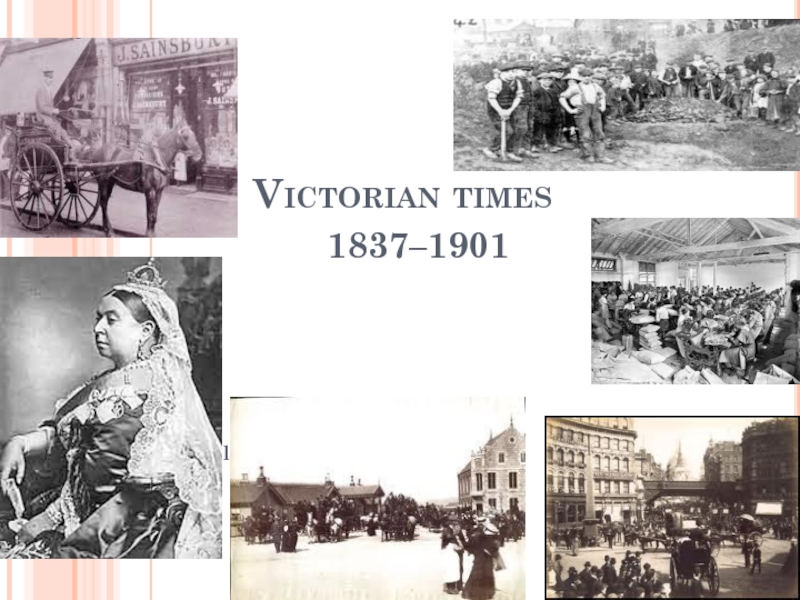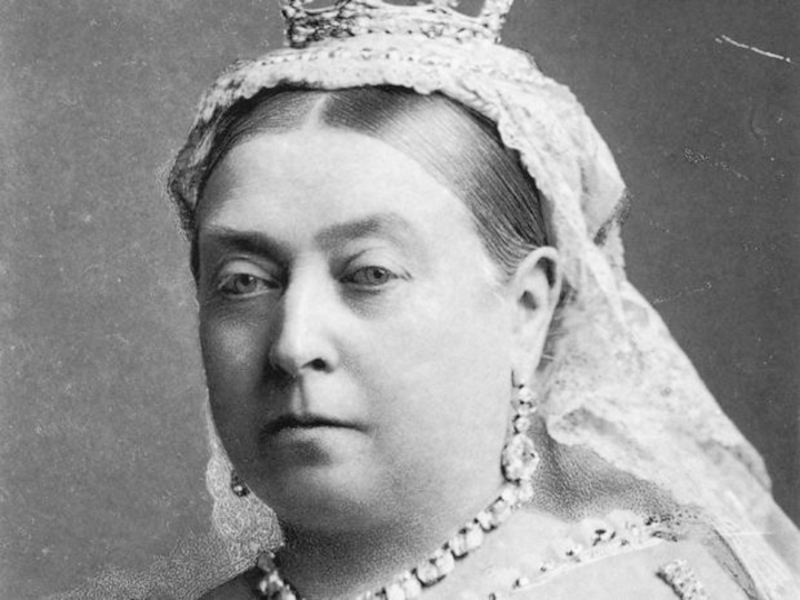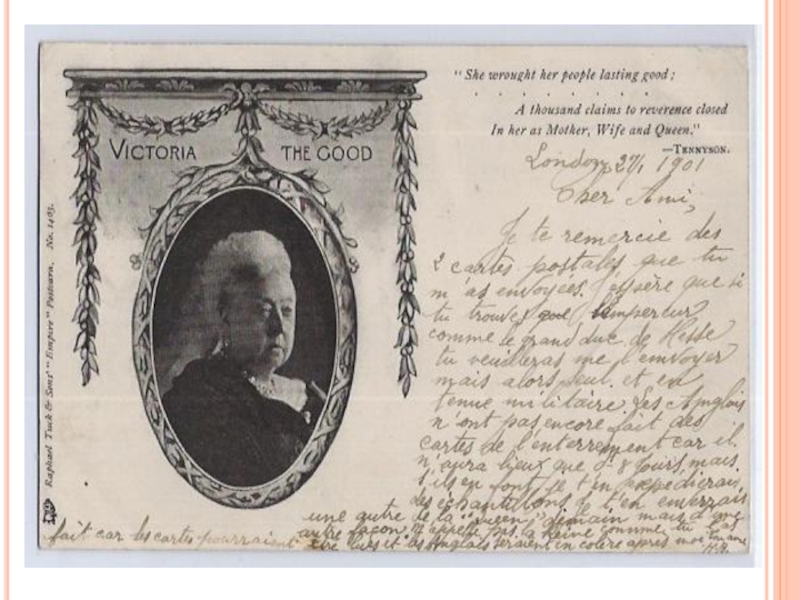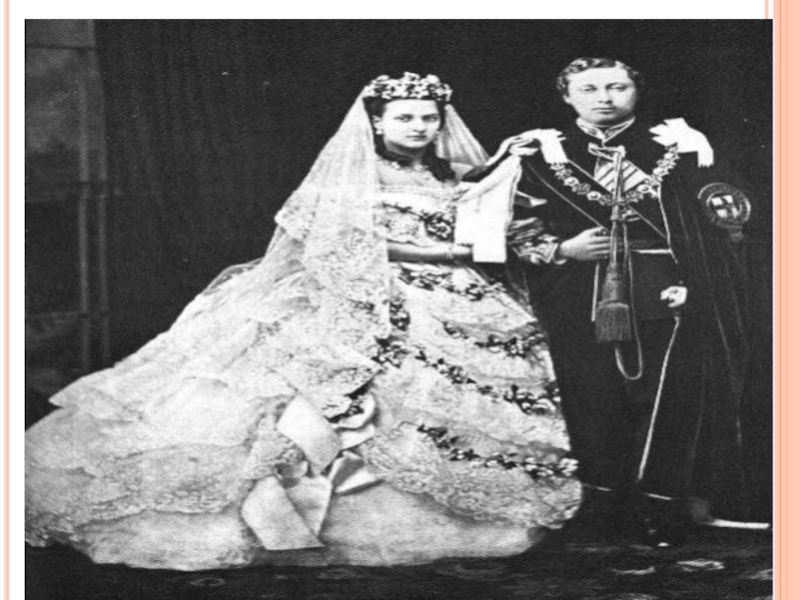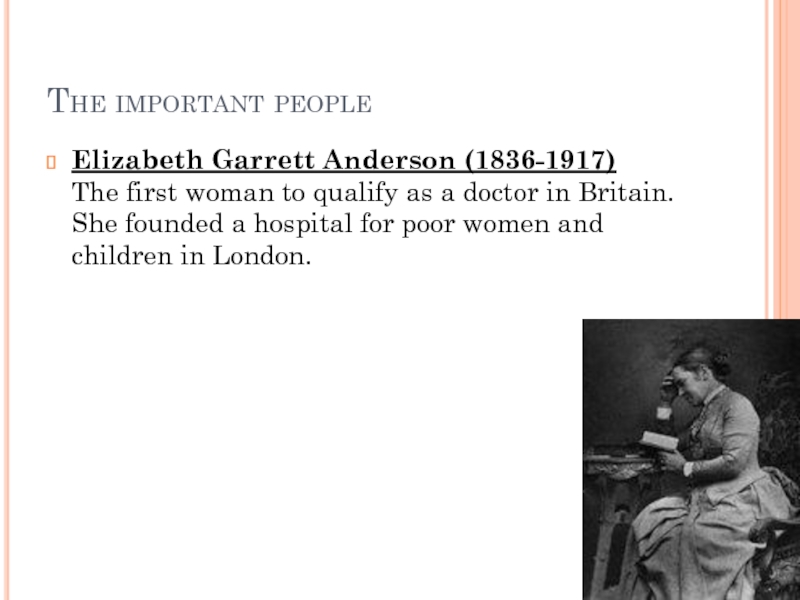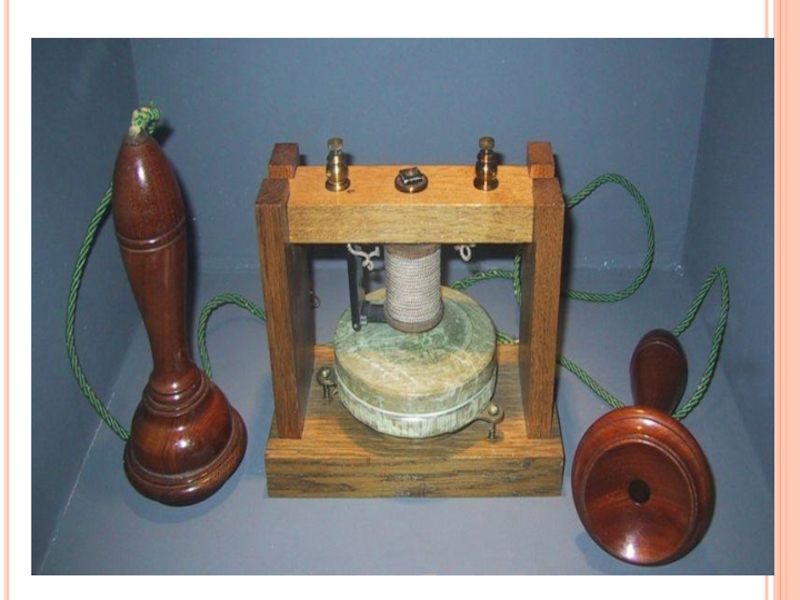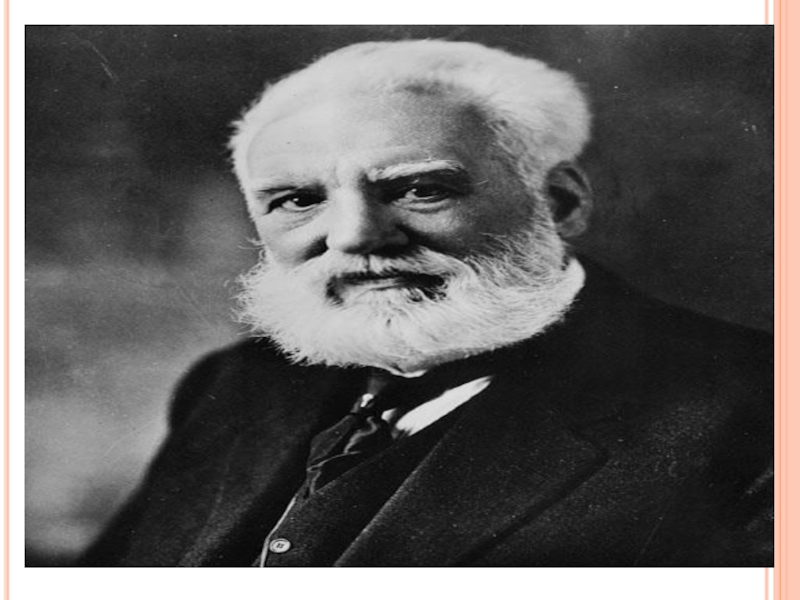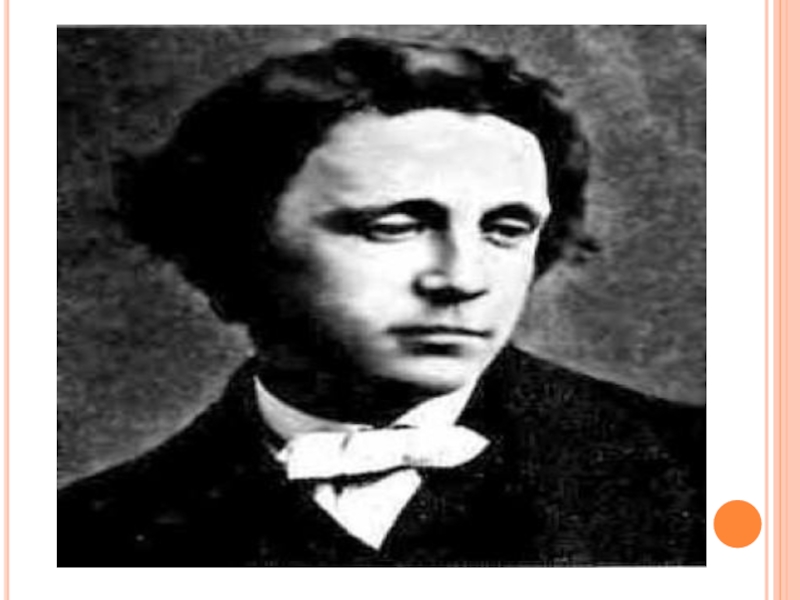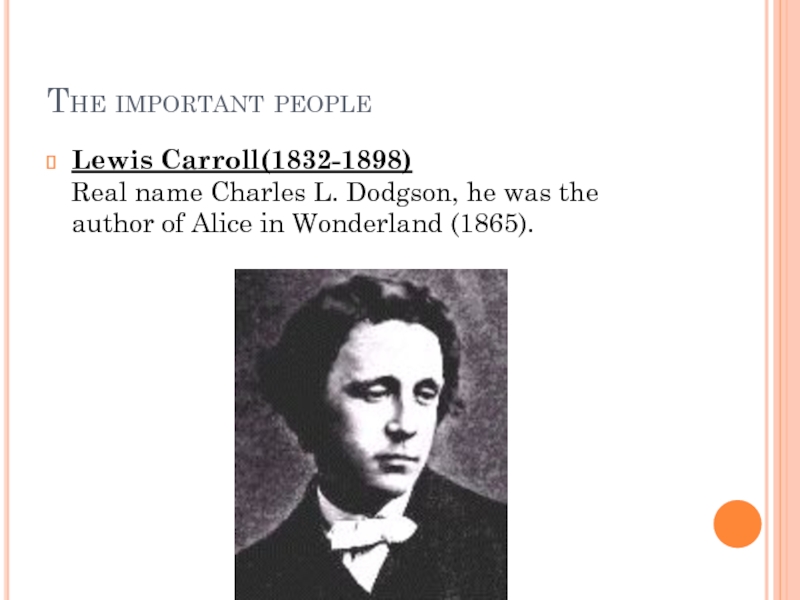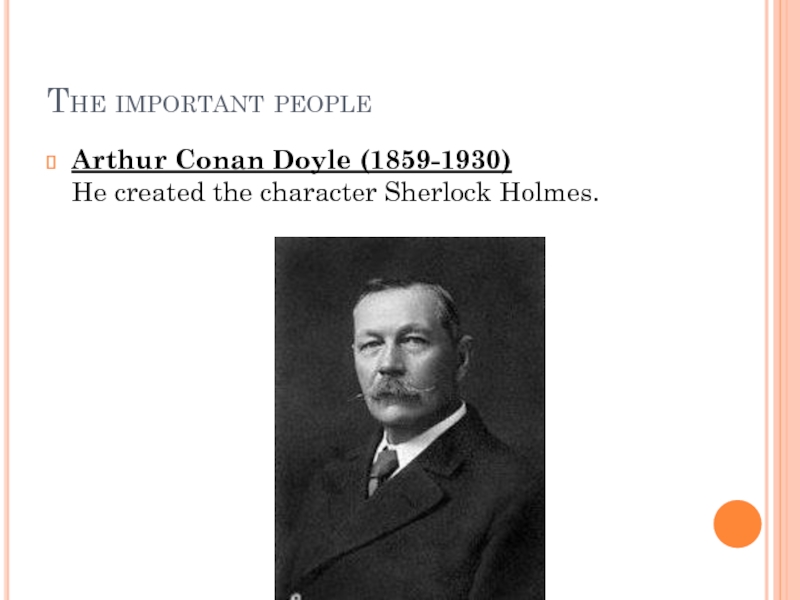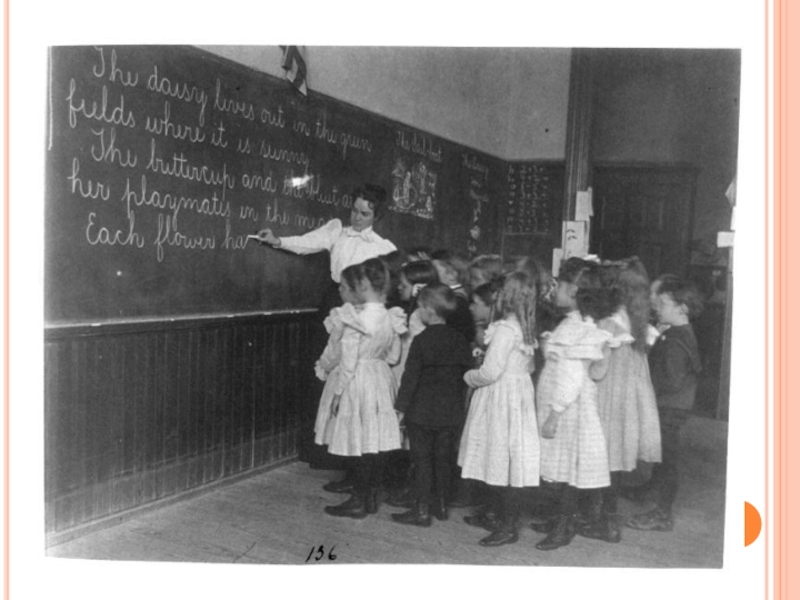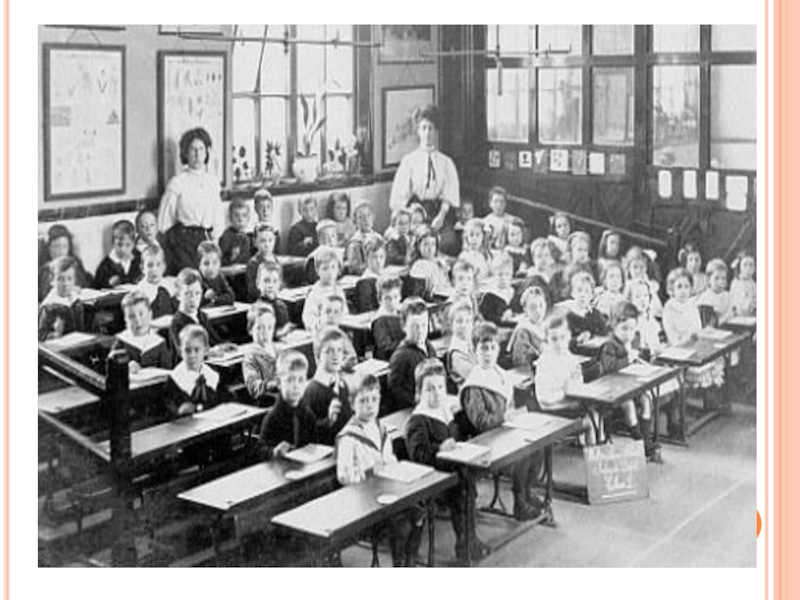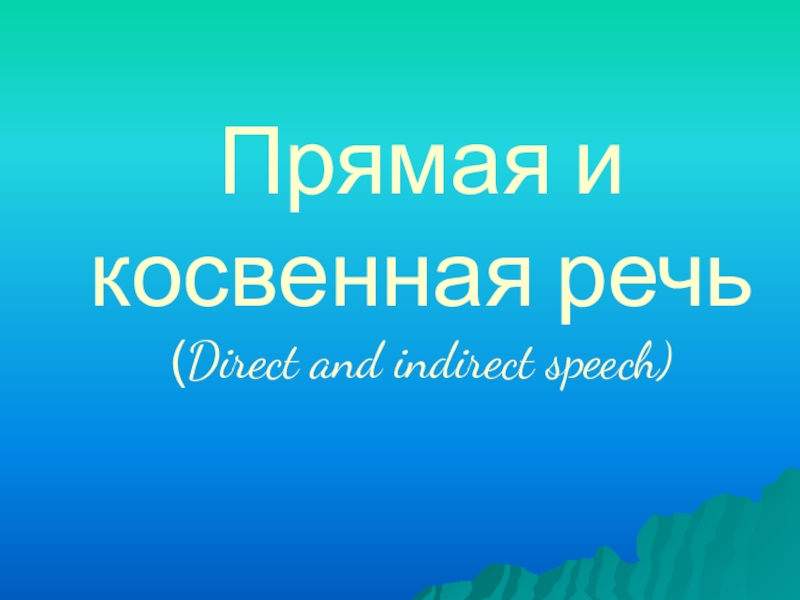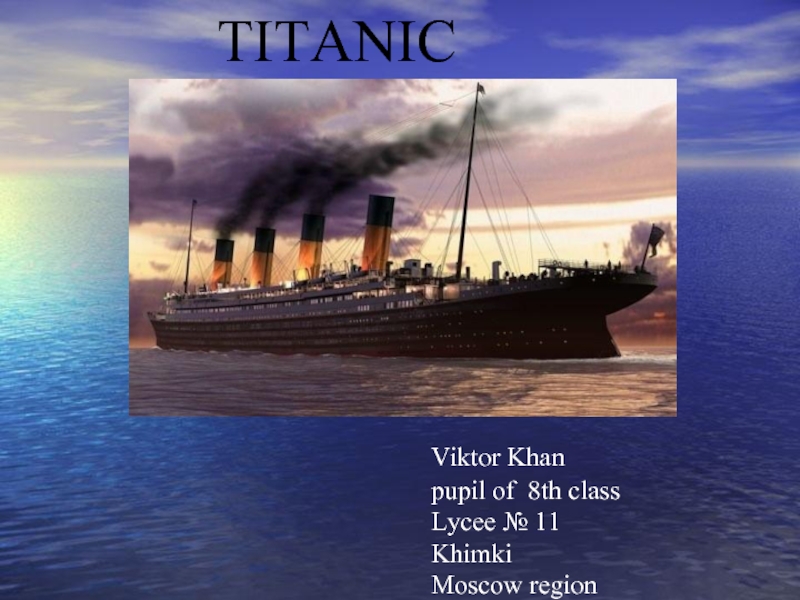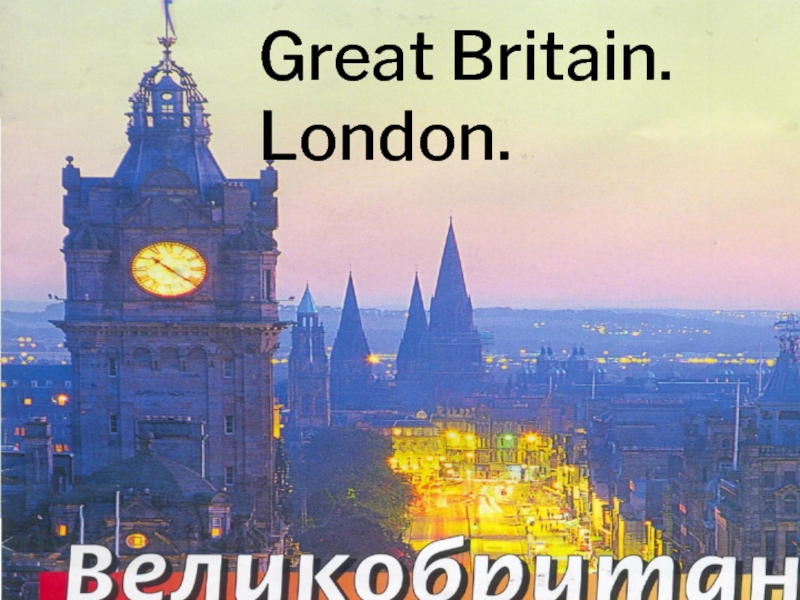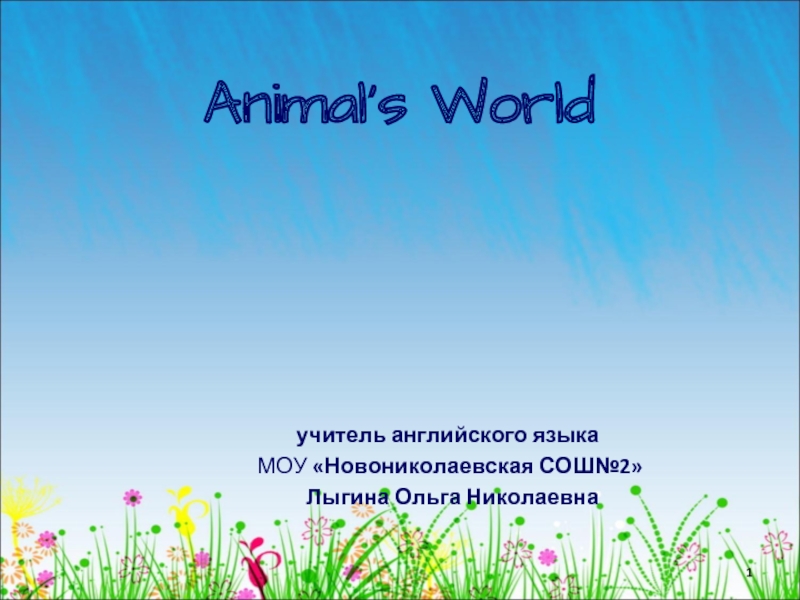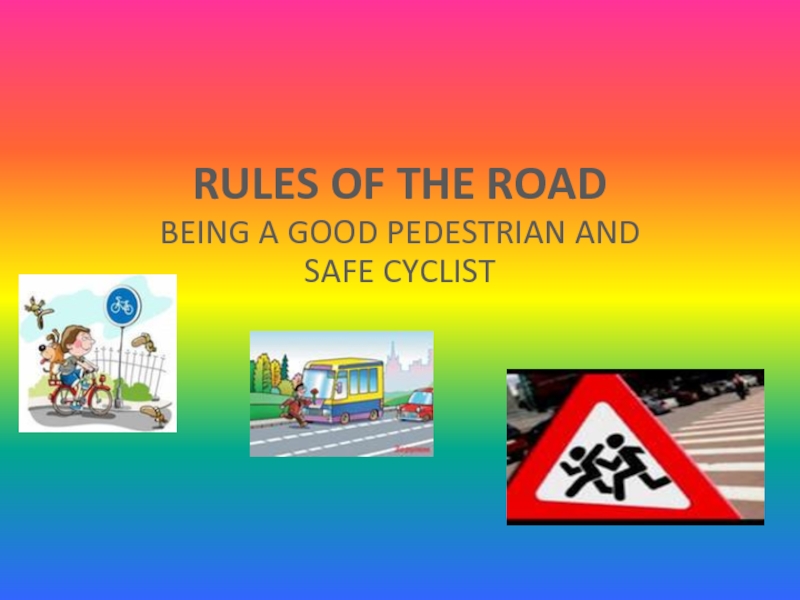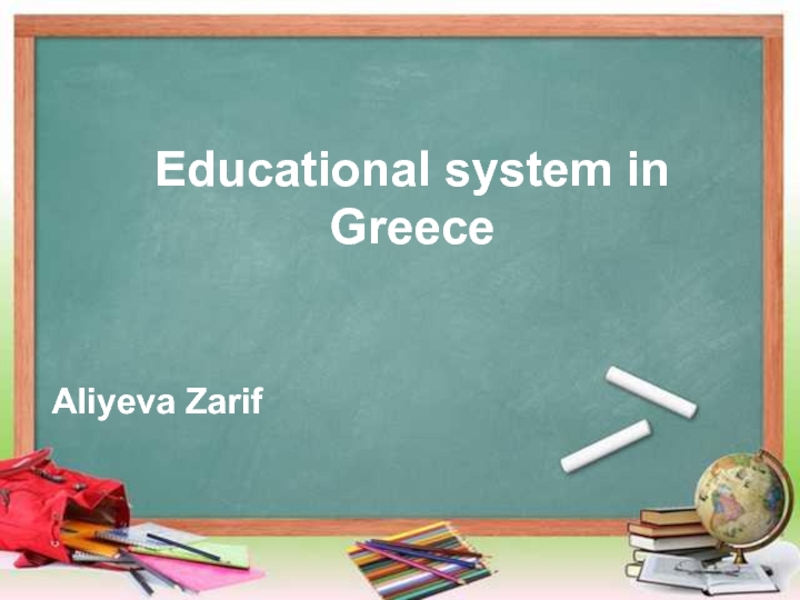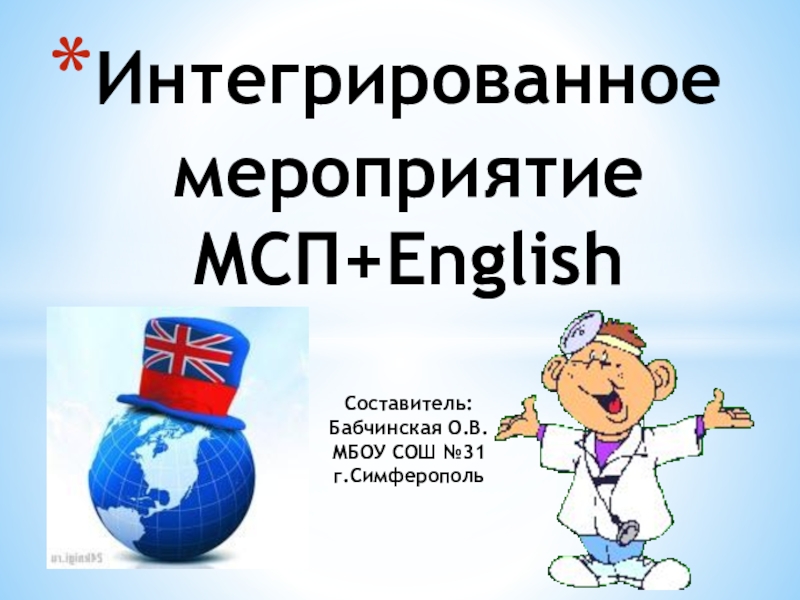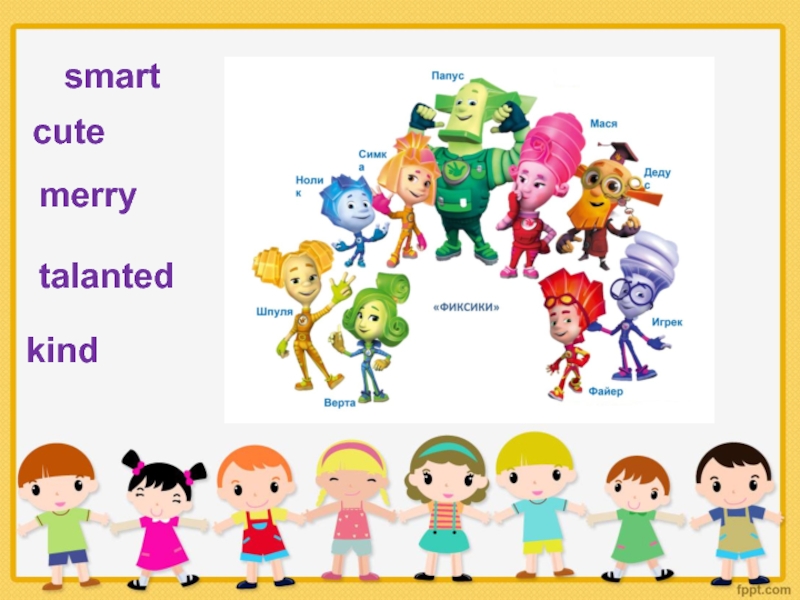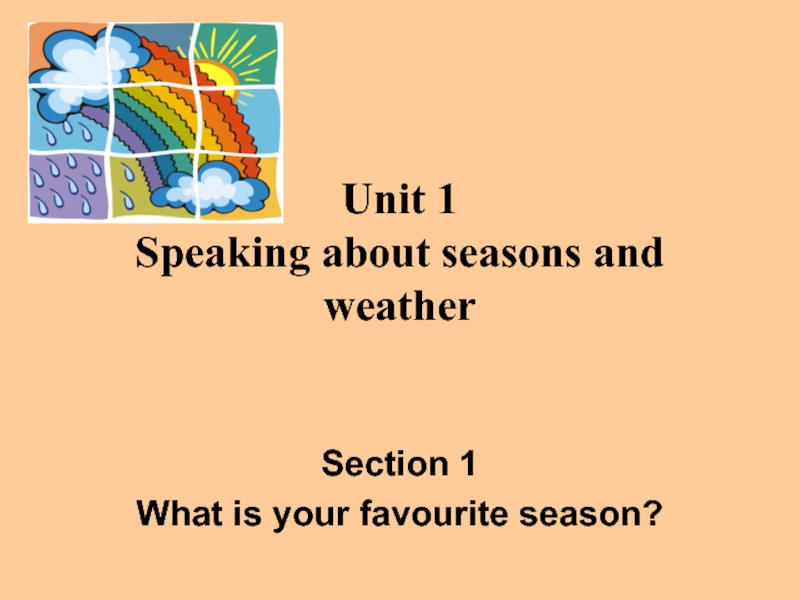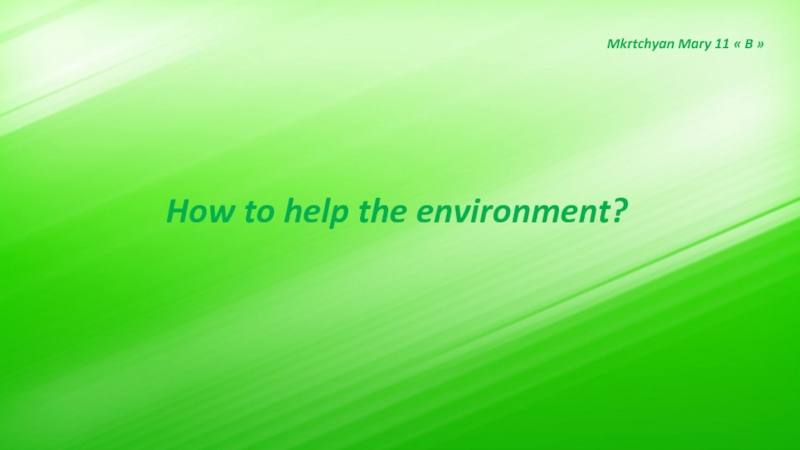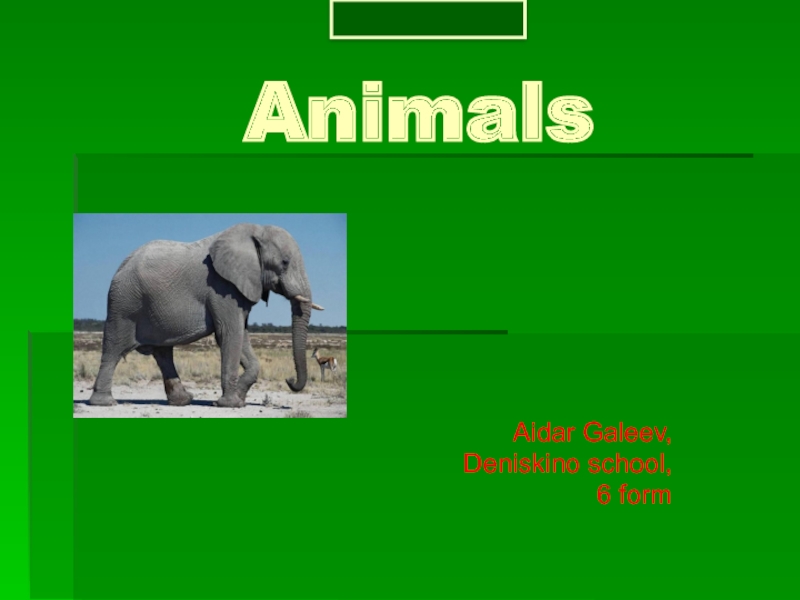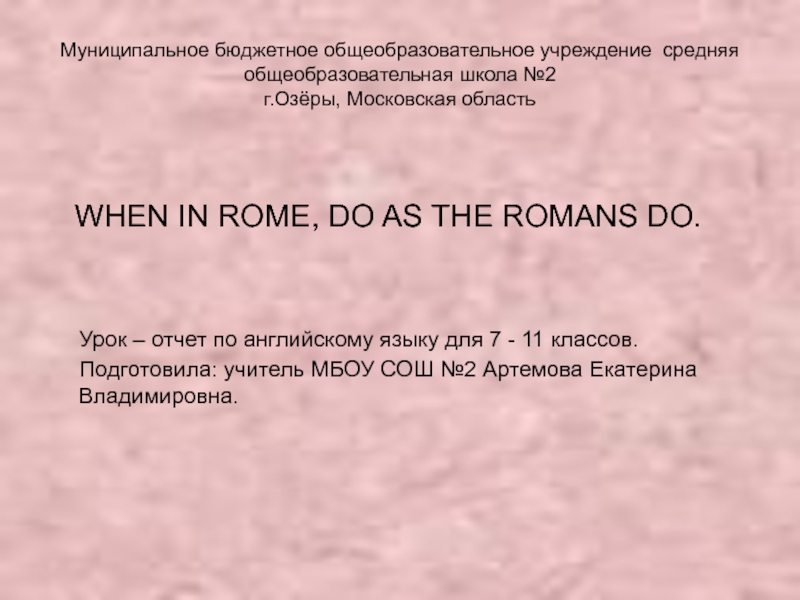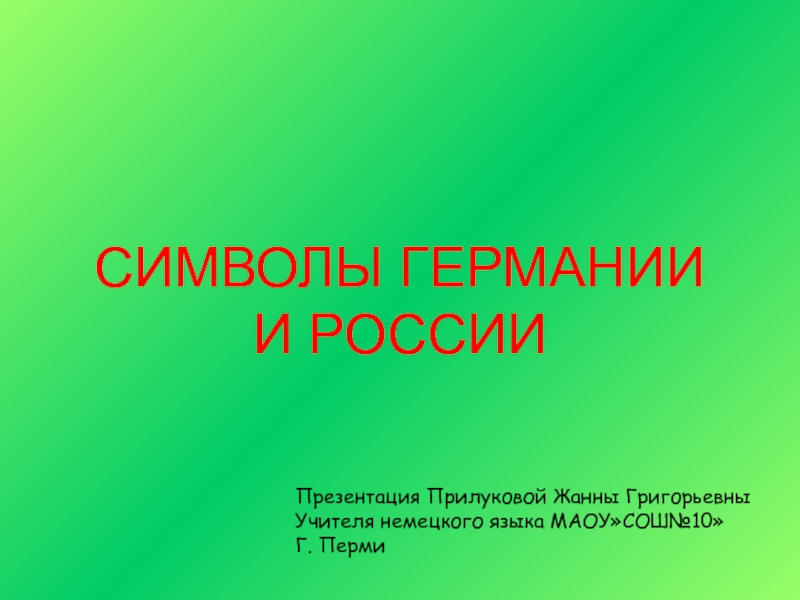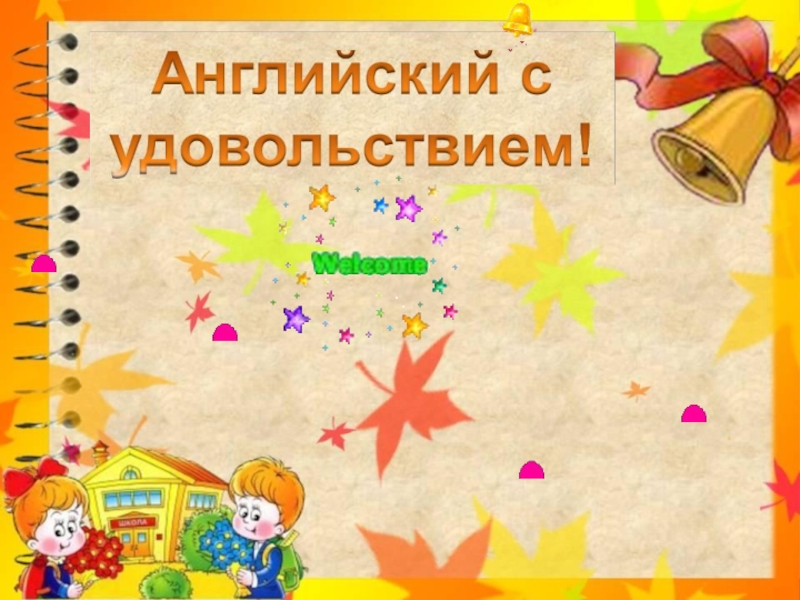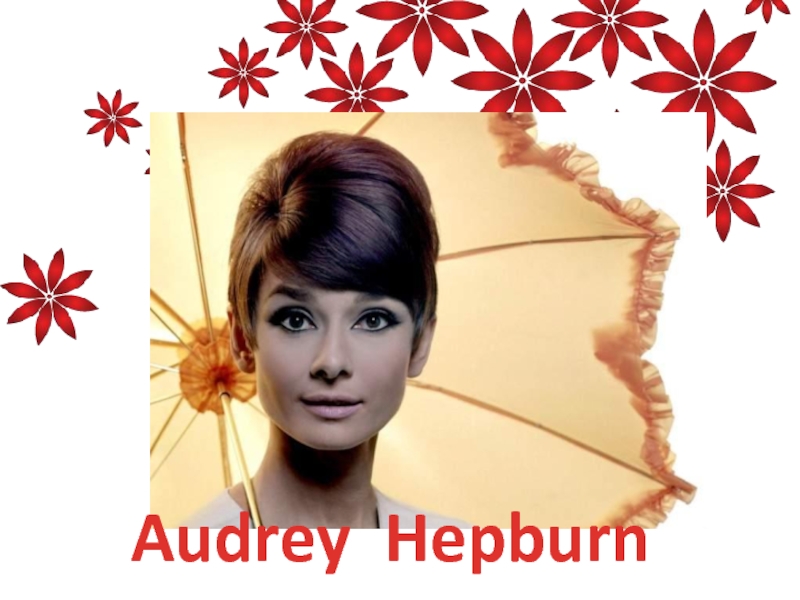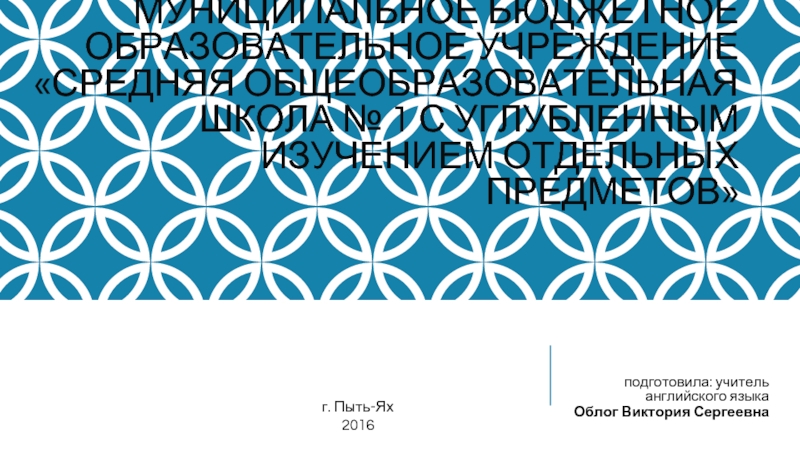Разделы презентаций
- Разное
- Английский язык
- Астрономия
- Алгебра
- Биология
- География
- Геометрия
- Детские презентации
- Информатика
- История
- Литература
- Математика
- Медицина
- Менеджмент
- Музыка
- МХК
- Немецкий язык
- ОБЖ
- Обществознание
- Окружающий мир
- Педагогика
- Русский язык
- Технология
- Физика
- Философия
- Химия
- Шаблоны, картинки для презентаций
- Экология
- Экономика
- Юриспруденция
"Victorian Times"
Содержание
- 1. "Victorian Times"
- 2. Слайд 2
- 3. The important people : queen Victoria Victoria
- 4. Слайд 4
- 5. Слайд 5
- 6. Слайд 6
- 7. Слайд 7
- 8. Слайд 8
- 9. The important peopleElizabeth Garrett Anderson (1836-1917)
- 10. Слайд 10
- 11. Слайд 11
- 12. The important people Alexander Graham Bell (1847-1922) Inventor of the telephone.
- 13. Слайд 13
- 14. Слайд 14
- 15. Слайд 15
- 16. The important peopleCharles Dickens 1812-1870 Great
- 17. Слайд 17
- 18. Слайд 18
- 19. The important people Lewis Carroll(1832-1898) Real
- 20. The important peopleArthur Conan Doyle (1859-1930) He created the character Sherlock Holmes.
- 21. Слайд 21
- 22. Pictures of wealthy Victorian
- 23. Pictures of poor Victorian
- 24. Слайд 24
- 25. Слайд 25
- 26. School All children go to schoolMany children
- 27. Слайд 27
- 28. Слайд 28
- 29. TeachersTeachers Children were often scared of
- 30. Слайд 30
- 31. PupilsPupils After 1870, all children from
- 32. Слайд 32
- 33. Слайд 33
- 34. Equipment Slates and copybooks Children learned
- 35. Слайд 35
- 36. Слайд 36
- 37. Playtime Playtime Outside the classroom is
- 38. Слайд 38
- 39. Слайд 39
- 40. Thank you for listening
- 41. Скачать презентанцию
The important people : queen Victoria Victoria was born in 1819 in Kensington Palace in London. Her name was Alexandrina Victoria. When Princess Victoria was 18 years old her uncle
Слайды и текст этой презентации
Слайд 3The important people : queen Victoria
Victoria was born in
1819 in Kensington Palace in London. Her name was Alexandrina
Victoria. When Princess Victoria was 18 years old her uncle King William died and she became queen. She was crowned at Westminster Abbey in 1838. Victoria married her handsome cousin Albert a young prince from Germany. (She had proposed to him). Albert didn't speak English very well and lots of people didn't like him.Слайд 9The important people
Elizabeth Garrett Anderson (1836-1917)
The first woman to
qualify as a doctor in Britain. She founded a hospital
for poor women and children in London.Слайд 16The important people
Charles Dickens 1812-1870
Great novelist of the victorian
age. His novels were outstandingly popular in his time and
are still popular now.Слайд 19The important people
Lewis Carroll(1832-1898)
Real name Charles L. Dodgson,
he was the author of Alice in Wonderland (1865).
Слайд 20The important people
Arthur Conan Doyle (1859-1930)
He created the character
Sherlock Holmes.
Слайд 26School
All children go to school
Many children in early Victorian
England never went to school at all and more than
half of them grew up unable even to read or write. Although some did go to Sunday schools which were run by churches. Children from rich families were luckier than poor children. Nannies looked after them, and they had toys and books. A governess would teach the children at home. Then, when the boys were old enough, they were sent away to a public school such as Eton or Rugby. The daughters were kept at home and taught singing, piano playing and sewing. Slowly, things changed for poorer children too. By the end of the Victorian age all children under 12 had to go to school. Now everybody could learn how to read and write, and how to count properly.Слайд 29Teachers
Teachers
Children were often scared of their teachers because they
were very strict. Children as young as thirteen helped the
teacher to control the class. These “pupil teachers” scribbled notes for their lessons in books .They received certificates which helped them qualify as teachers when they were older. In schools before 1850 you might see a single teacher instructing a class of over 100 children with help of pupils called “monitors”. The head teacher quickly taught these monitors, some of them as young as nine, who then tried to teach their schoolmates. Salaries were low, and there were more women teaching than men. The pale, lined faces of older teachers told a story. Some taught only because they were too ill to do other jobs. The poor conditions in schools simply made their health even worse. Sometimes, teachers were attacked by angry parents. They shouted that their children should be at work earning money, not wasting time at school. Teachers in rough areas had to learn to box!Слайд 31Pupils
Pupils
After 1870, all children from five to thirteen had
to attend school by law. In winter in the countryside,
many children faced a teeth chattering walk to school of several miles. A large number didn’t turn up. Lessons lasted from 9am to 5pm, with a two hour lunch break. Because classes were so large, pupils all had to do the same thing at the same time. The teacher barked a command, and the children all opened their books. At the second command they began copying sentences from the blackboard. When pupils found their work boring, teachers found their pupils difficult to control.Слайд 34Equipment
Slates and copybooks
Children learned to write on slates,
they scratched letters on them with sharpened pieces of slate.
Paper was expensive, but slates could be used again and again. Children were supposed to bring sponges to clean them. Most just spat on the slates, and rubbed them clean with their sleeves. Older children learned to use pen and ink by writing in “copybooks”. Each morning the ink monitor filled up little, clay ink wells and handed them round from a tray. Pens were fitted with scratchy, leaking nibs, and children were punished for spilling ink which “blotted their copybooks”. Teaches also gave dictation, reading out strange poems which the children had to spell out correctly.Abacus The pupils used an abacus to help them with their maths. Calculations were made using imperial weights and measures instead of our simpler metric system. Children had to pass inspections in maths, reading and writing before they could move up to the next class or “standard”. Teachers were also tested by the dreaded inspector, to make sure that they deserved government funds.
Слайд 37Playtime
Playtime
Outside the classroom is a small yard crowded with
shrieking schoolmates. Games of blind mans buff, snakes and ladders,
hide-and-seek and hopscotch are in full swing. Some boys would beg a pigs bladder from the butcher, which they would blow up to use as a football. Others drilled hob nails through cotton reels to make spinning tops.By the second half of Queen Victoria's reign, most people earned more money and worked shorter hours than ever before. This meant that for the first time, ordinary people had enough spare time to enjoy sports and other pastimes, and to go to the seaside for holidays.
